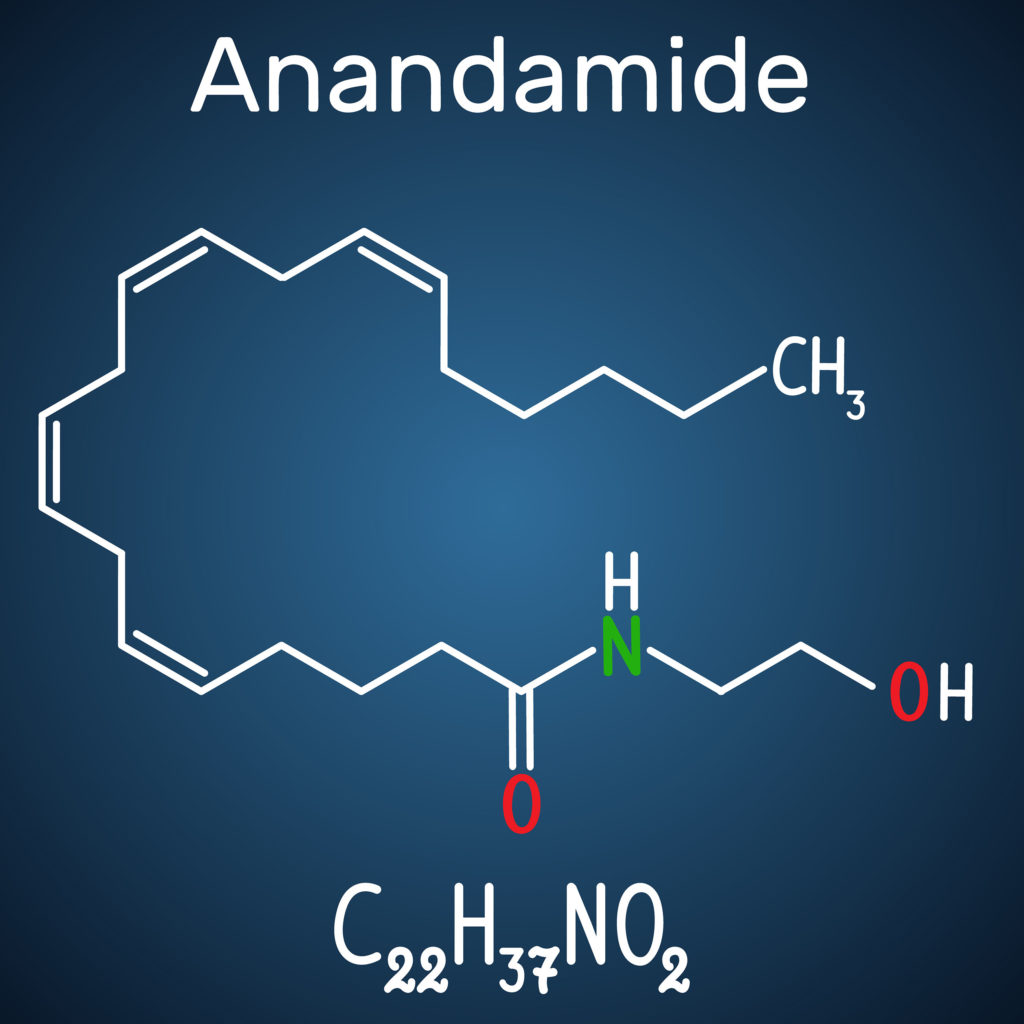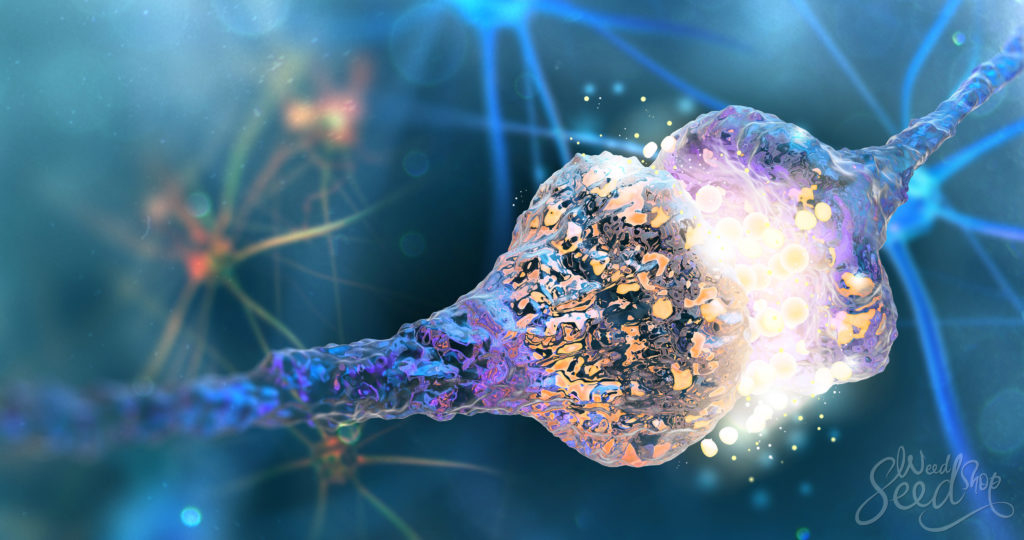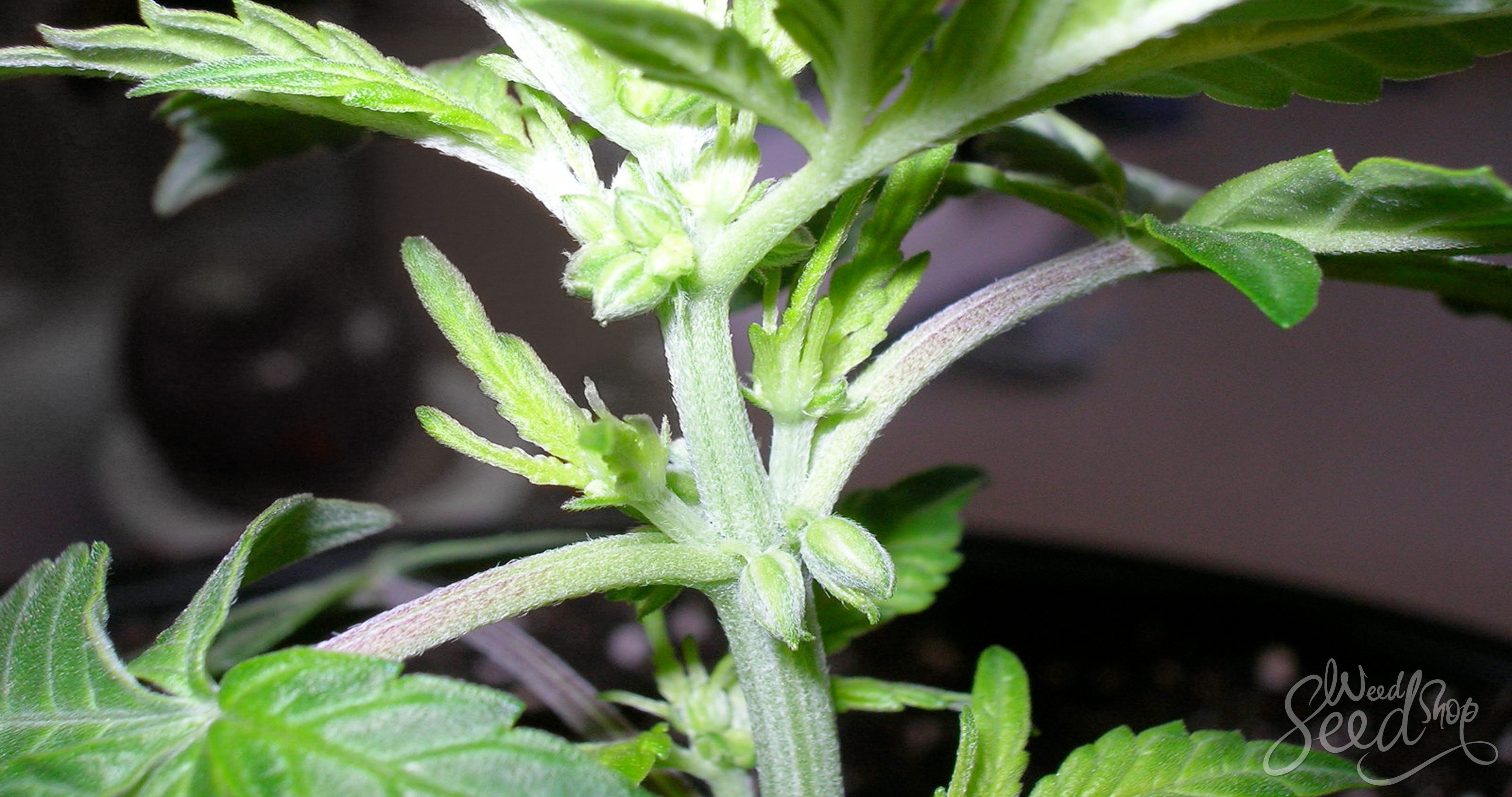There are so many different kinds of people that enjoy smoking weed: business people, teenagers, medical patients – even our ancestors from hundreds of years ago. Have you ever wondered what we all have in common? Every human being produces their very own endocannabinoid called anandamide, which looks and acts a lot like THC. To learn more about anandamide, keep reading!
Despite how technology has changed so much of what we experience as modern human beings, some things have remained more or less the same.
Hundreds of years ago, your ancestors were likely sitting around enjoying a hit of fine ganja with family and friends much the same way that you do.
Isn’t it kind of mysterious that as much as the world has changed around us, human beings have always loved to smoke weed?
We’ve tried to lump weed smoking into so many categories – entheogenic, cultural, generational – but that might all be, quite frankly, hokey-pokey. The use of cannabis seems to transcend race, age, culture – even what era you come from. And the more socially accepted it becomes, the more open people from all kinds of demographics are about their cannabis use.
So, what is responsible for the fact that both grandma and millennial Austin like to smoke weed, along with their Uruguayan counterparts 40 years ago? The answer might literally rest in the human body’s very own biology. The human body produces its very own THC-like cannabinoid called anandamide. Is it possible anandamide is the reason that it feels so good for so many people to smoke weed?
What is anandamide?
This chemical compound is often referred to as the “bliss molecule” because its name, ananda, originates from the Sanskrit word meaning happiness or beatitude. Anandamide belongs to a class of compounds in the body called fatty acid amides and belongs to the endogenous cannabinoid system of the human body. Its full chemical name is N-arachidonoylethanolamine.
Endo, meaning from within, means that anandamide is a cannabinoid that comes from within the body itself. This is in contrast to exogenous cannabinoids, which come from outside the body. Interestingly enough, the chemical structure of anandamide very closely resembles THC. You could almost say that they are cousins. In this scenario, THC is the exogenous cannabinoid, while anandamide is the body’s very own.
Anandamide reacts with both the CB1 and CB2 receptors, meaning that it reaches out to the brain and the central nervous system. Just like THC, this cannabinoid is responsible for a kind of “high on life” feeling – as well as increasing your appetite and making you sleepy. It also plays a huge role in a plethora of other vital bodily functions.
The human brain: a cannabinoid puzzle

Raphael Mechoulam, Israeli scientist and botanist, was the first person to isolate cannabinoids in the 1960s. After first determining the chemical structure CBD, Mechoulam and his team successfully isolated THC as the main psychoactive component of cannabis. THC is the reason everybody loves to smoke weed. This naturally led to studies on how THC affected the body and brain, and was effectively the reason that we know there is an endocannabinoid system at all.
After Mechoulam sparked much interest in the field of endocannabinoids, scientists came to the conclusion that there must be something like a cannabinoid receptor somewhere in the brain or the body. One thing leads to another, of course, and finally in St Louis University, Allyn Howlett and his team found conclusive evidence that – yes! The human brain does contain cannabinoid receptors. And THC seems to fit into that receptor like a glove!
But hang on a minute. Why would the human brain have a cannabinoid receptor that fits THC almost perfectly when THC isn’t naturally produced in the body? This is the puzzle that scientists faced and what eventually led to the discovery of anandamide.
The presence of a naturally produced cannabinoid was discovered by people who still work on Raphael Mechoulam’s team of sciency weed lovers. William Devane and Lumir Hanus, in 1992, found the final piece of this cannabinoid puzzle. And they decided to call it anandamide, after the Sanskrit word for bliss.
Where THC only almost perfectly fits the cannabinoid receptor, the neurotransmitter anandamide actually fits perfectly into the brain’s cannabinoid receptor. The discovery of anandamide meant many things for our knowledge of cannabis and the human body.
Isolating and discovering an endocannabinoid confirmed that there is, in fact, a complete endocannabinoid system in the body. With the presence of cannabinoid receptors and naturally produced cannabinoids, there is a complete system of cannabinoids – without the necessity of cannabis – that operates in the human body and brain.
What does anandamide do?
There is still so much to uncover about how anandamide works in the body. After all, it is part of one of the most complex systems in the human body. It is most famous for creating this elevated state of happiness than many cannabis users report after smoking weed. But there’s much more to it than that.
Anandamide operates in parts of the brain that affect memory, pain sensation, appetite, movement and even motivation. It also has effects in the reproduction system, meaning it has an effect on fertility. It is, in essence, a neurotransmitter, and is broken down quickly by the functions of the body. This is why, although it elevates a person, that state of elevation never lasts forever.
Anandamide increases neurogenesis, which is the formation of new neurons, or new neural pathways. This function is why scientists say that anandamide has an anti-anxiety and anti-depressant effect – which tells us a lot about the bliss state and about why weed smokers love weed so much.
Interestingly, anandamide is also passed down to new-borns through their mother’s breast milk. It is thought that this is the root of anandamide having an effect on appetite and the hunger trigger.
Finally, as if this magical endocannabinoid is not magical enough – anandamide is also the thing that makes you forget. Why might that play a role in keeping someone elevated and in good health, then? Well, Michael Pollan asked this very question to Dr Mechoulam himself in a documentary called “Botany of Desire”. In the documentary, he says:
“It didn’t seem adaptive to me to have a drug for forgetting. Memory, we understand, has great survival utility… But why would forgetting be adaptive? I asked Mechoulam this question, and he said: ‘Well, tell me, do you really want to remember all the faces you saw on the subway in the morning?’”
Most cannabis users know the effect that cannabis has on their memory. And usually, we put it in the category as being “bad” for your memory.
But Mechoulam’s answer to the question gives us a little bit of perspective on why forgetting could be one of the things that makes smoking weed so desirable. Its neurogenesis effect could be protective rather than what we originally thought, which was that it was destructive to brain cells.
The role of anandamide is complicated to say the least, and anything in relation to human happiness is. Just like elevated thought – human happiness – bliss – love – there are so many factors at play.
Physical health, mood, hormone balance, brain function all have a role to play in what we call “happiness”. William Devane and Lumir Hanus were right to give anandamide its appropriate name and coin it the bliss molecule.
Anandamide, THC and CBD – how do they interact?
When someone ingests cannabis, the psychoactive compound THC is essentially mimicking the world that would otherwise be done by anandamide.
The difference here is that THC has a much longer half-life in the body than anandamide, which we mentioned earlier as breaking down quickly. For those whose bodies don’t produce anandamide in large quantities, the presence of THC and the effective stimulation of its receptor could be a welcomed change.

CBD, on the other hand, interacts with the body much differently. It has virtually no psychoactive effect, but rather encourages the natural function of the endocannabinoid system. It prevents the production of FAAH, an enzyme in the body that breaks down anandamide.
This means that with the introduction of CBD, anandamide has a longer life in the body. It also means that the body is encouraged to produce more of it. The result of this is a happier human, with less pain who is better able to deal with inflammation.
Now, while it might seem that smoking weed can increase anandamide, it doesn’t. Ingesting CBD encourages the production of anandamide at best, but smoking too much high-THC weed might actually be counterproductive. It is a copy of the real thing that’s going on inside of you – which is why it feels so good and so natural.
However, increasing anandamide is a matter up for debate.
It is said by some scientists that anandamide is produced when a person is in a state of deep relaxation, concentration or even the flow state – like when you are dancing, singing or writing poetry. This mysterious endocannabinoid is probably the reason that human beings connect so much with weed, despite the many different backgrounds that we come from.
Enjoying weed has less to do with the fact that you are a hippie, or that you grew up in the 70s, or because of your age. Smoking weed takes you to a state of elevation that is so natural, your body even does it on its own sometimes. This is why so many people can appreciate cannabis, and probably why we will be smoking it for eons to come.







